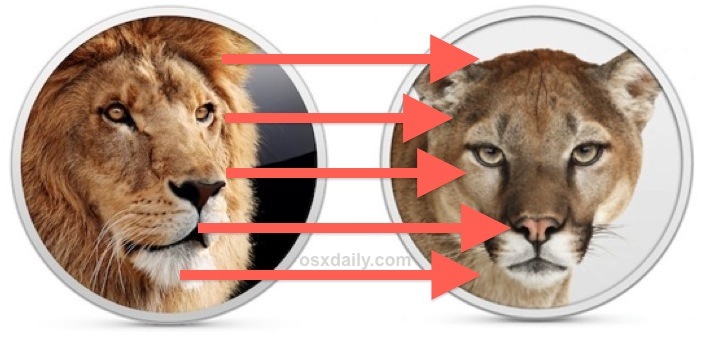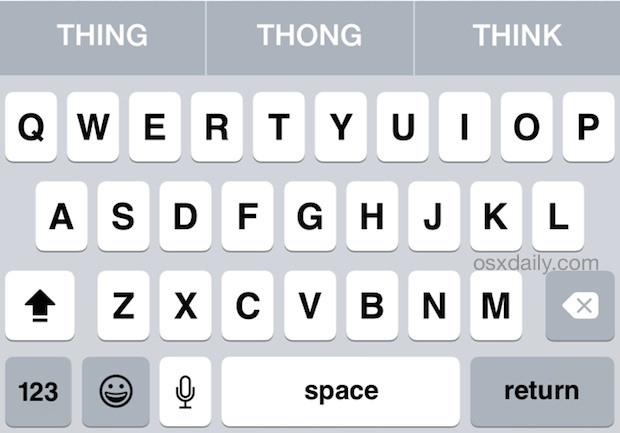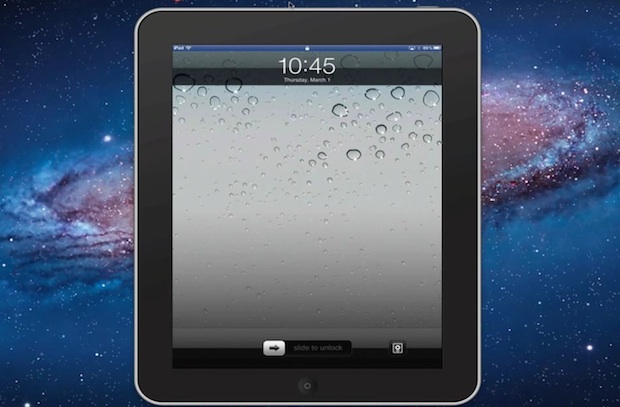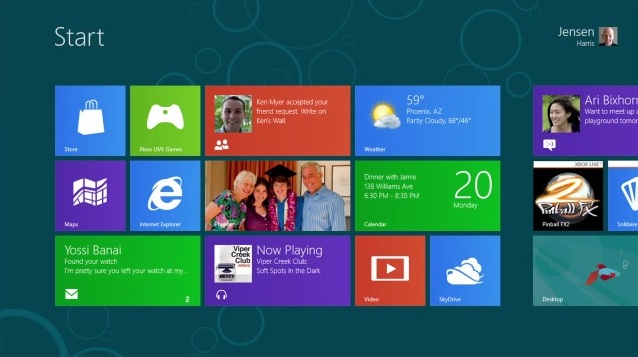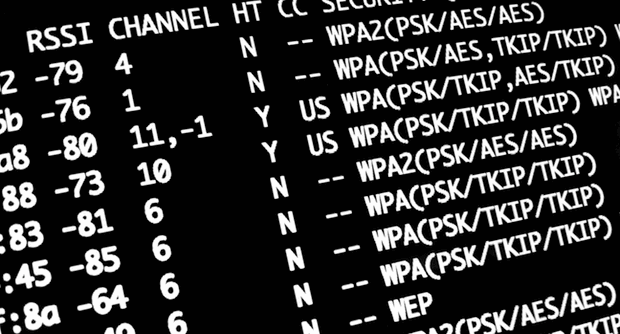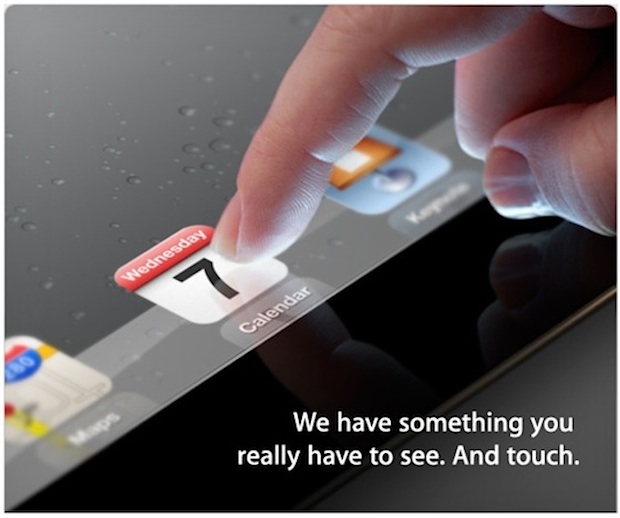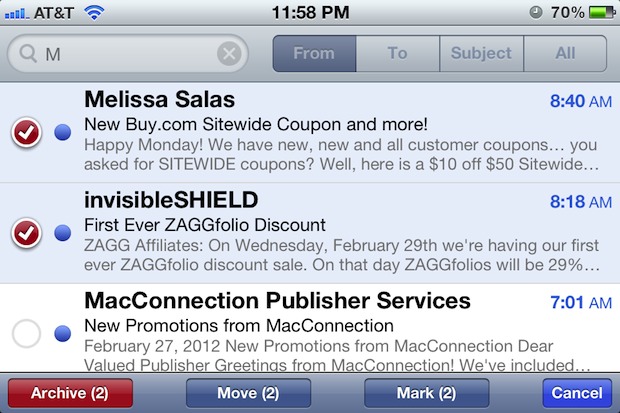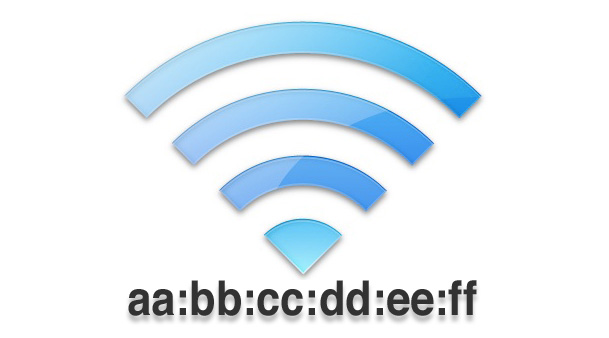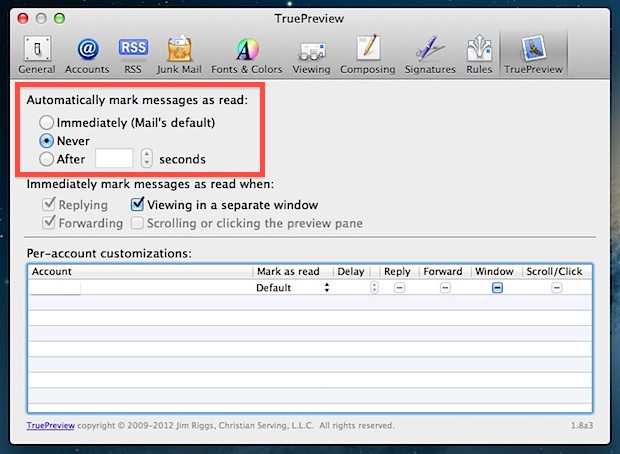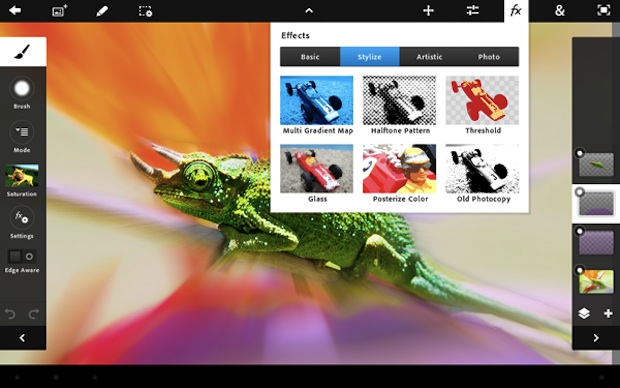iOS 6 Development Under Way

iOS 6 running on an iPad is beginning to make appearances in web logs, indicating that Apple is working on a future release of their mobile operating system. Virtually nothing is known about iOS 6 at this time, but it should come as no surprise that Apple is working on versions of iOS beyond the current iOS 5.1 beta.
The iOS 6 server log entries were first noticed by ArsTechnica, who narrowed down the origin of the iOS 6 user agents to Cupertino, California, the home of Apple Inc. Similar finds have become a somewhat reliable method of discovering future Apple OS releases prior to announcement, as demonstrated by with OS X 10.8 last October and OS X 10.7 a full year before its debut. This doesn’t indicate that iOS 6 will be released anytime soon however, though speculation suggests we could see an iOS 6 beta as soon as WWDC 2012.
Of course, it’s always possible that Apple will surprise everyone and skip iOS 5.1 completely in favor of iOS 6, but that seems unlikely given the current version of iOS is 5.0.1. The public version of iOS 5.1 is widely believed to debut as a free update alongside the launch of iPad 3 next week on March 7.
It is worth pointing out that spoofing user agents is ridiculously easy. For example, the string below will spoof a similar iOS 6 and iPad user agent to the target server of osxdaily.com, change the URL at the end to something else if you wish to fool others.
curl -A "Mozilla/5.0 (iPad; CPU OS 6_0 like Mac OS X; en-us) AppleWebKit/535.8 (KHTML, like Gecko) Version/5.3.5 Mobile/8J2 Safari/535.8" https://osxdaily.com
That wouldn’t change your geographical location though, so you may need to book a flight to Cupertino if you really want to trick someone.

